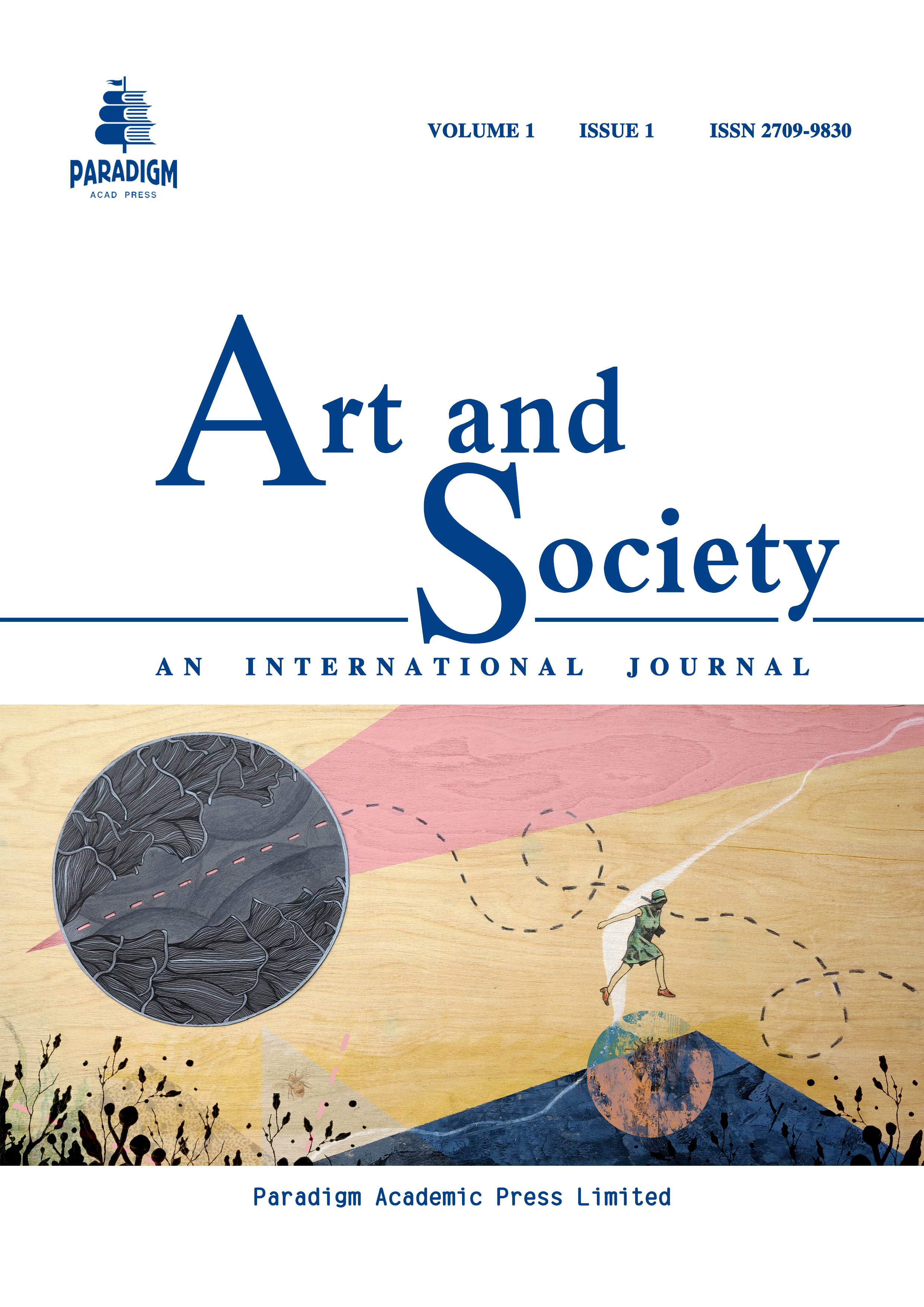Between Boundaries: Deconstructing Youth in Shinji Somai’s 1980s Cinema
Keywords:
Shinji Somai, youth cinema, Shōjo Culture, long take, 1980s Japanese cinemaAbstract
This article examines a series of youth films directed by Shinji Somai in the 1980s. Drawing on Tanaka’s (2013) concept of “bodies on the boundary” (境界上の身体), the article argues that Somai’s cinematic language consistently crosses three types of boundaries. These crossings occur on both formal and narrative levels. Through them, Somai constructs a deconstructive aesthetic that challenges the myth of “youth” in 1980s Japanese cinema. Firstly, Somai re-encodes the idol image of the shōjo through the star persona of Hiroko Yakushimaru. He both inherits the Kadokawa-style star marketing model and dismantles the consumable unity of the idol. This is achieved through characters’ actions that cross visual boundaries in films such as Dreamy Fifteen (1980) and Sailor Suit and Machine Gun (1981). Secondly, he constructs spatial-temporal boundaries that are static yet forcibly mobile. This is realised through his use of long takes, such as the collective exposure and isolation created by the theatre scene in Typhoon Club (1985). Here, youth is no longer presented as an eternal theme of growth. Thirdly, his films often place adolescent characters on the verge of death and disappearance. Characters frequently exit the frame, blurring the boundaries between growth and ending, life and death. This article argues that the interweaving of these three boundaries forms an effective deconstruction of the mainstream “eternal youth” myth of the 1980s. Youth is no longer romanticised as a suspended moment. Instead, it is portrayed as a generative process full of instability, fragmentation, and liminality.


